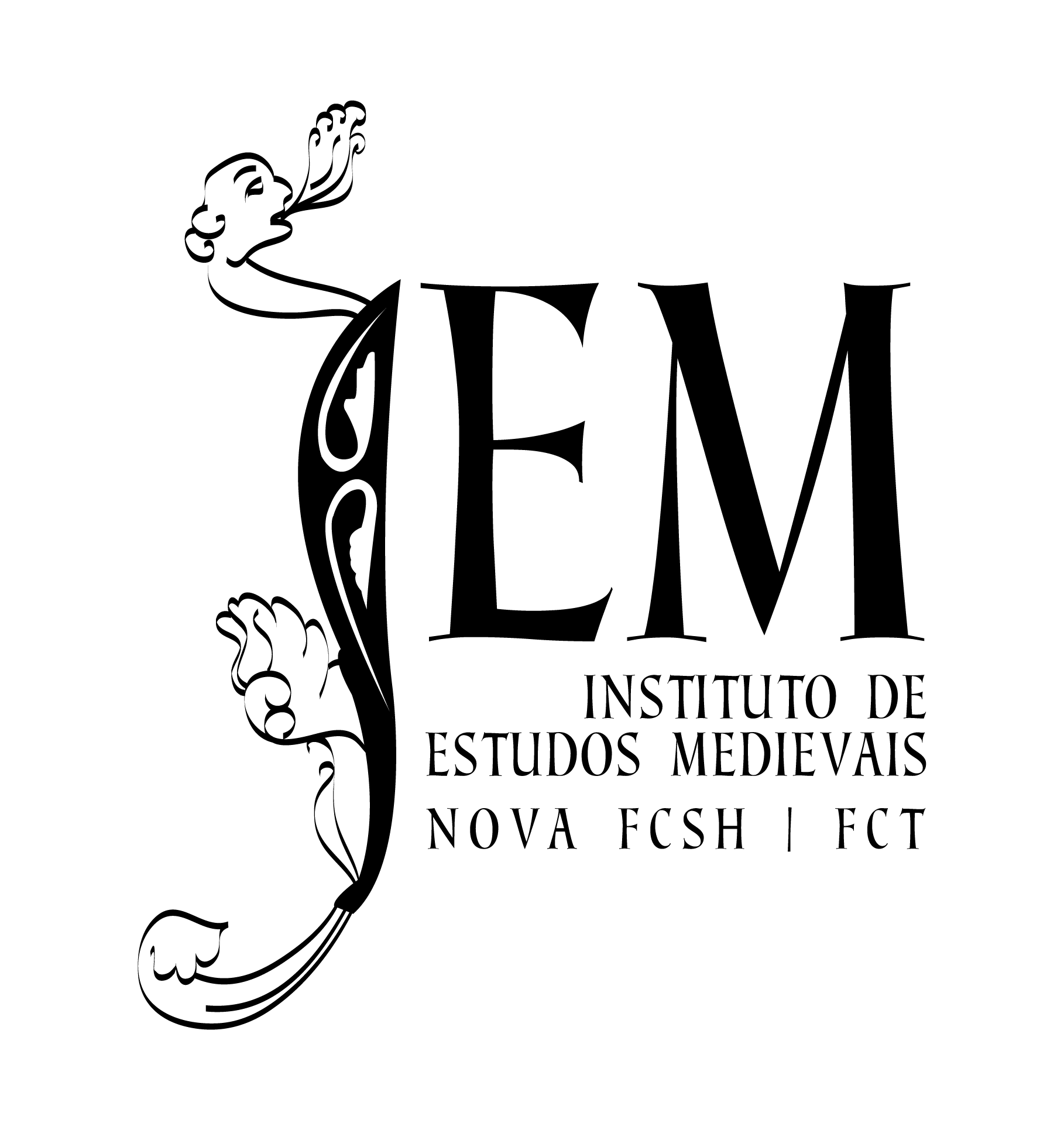Medieval troubadour
Bibliographic notes
Until recently we knew nothing about this author, except that he would probably be Galician, like the authors around him in the Italian aphographs. As Resende de Oliveira1 informed, “the surname, in the forms Moogo, Monago or the latin Monachus (…) is quite common in Portugal and Galicia”. Thus, two homonyms, a Galician clergy from the region of Ourense, documented in the third quarter of the 13th century, and a notary from Santiago, had been suggested as possible identifications.Very recently, however, José António Souto Cabo, analyzing some documents from Tombo C in the Cathedral of Santiago, defended that “there were objective arguments to recognize him in the Petrus Moogus registered, in 1260 and 1261, as clergy-presbyter in the county of S. Simão de Ons de Cacheiras (c. Teo), in the vicinity of Compostela”, region from where he would be native. The main argument is that this Pero (Vasques) Moogo appears in a troubadourean context, that is, in the first of these documents, he appears accompanied by the troubadour Sancho Sanches (equally a clergy), and in the second by a minstrel (named Martim de Sisto). This documental context seems, then, to make Souto Cabo’s hypothesis plausible. As to his surname, this researcher also puts forward an alternative explanation: “From our point of view, it is a conservative form derived from Medio + Loco (> Meoógo> Meoógo> Meógo/Moógo) – ‘the one in the middle’ – a form that we occasionally observe in the documentation from that period”. We can also add that the term, in this sense, is also used in the Cantigas de Santa Maria (65,97).
Bibliographic references
1
Oliveira, António Resende de
(1994),
Depois do espectáculo trovadoresco. A estrutura dos cancioneiros peninsulares e as recolhas dos séculos XIII e XIV
Lisboa, Edições Colibri
2
Souto Cabo, José António
(2012),
"En Santiago, seend’ albergado en mia pousada. Nótulas trovadorescas compostelanas", in Verba, 39
Access the web page


